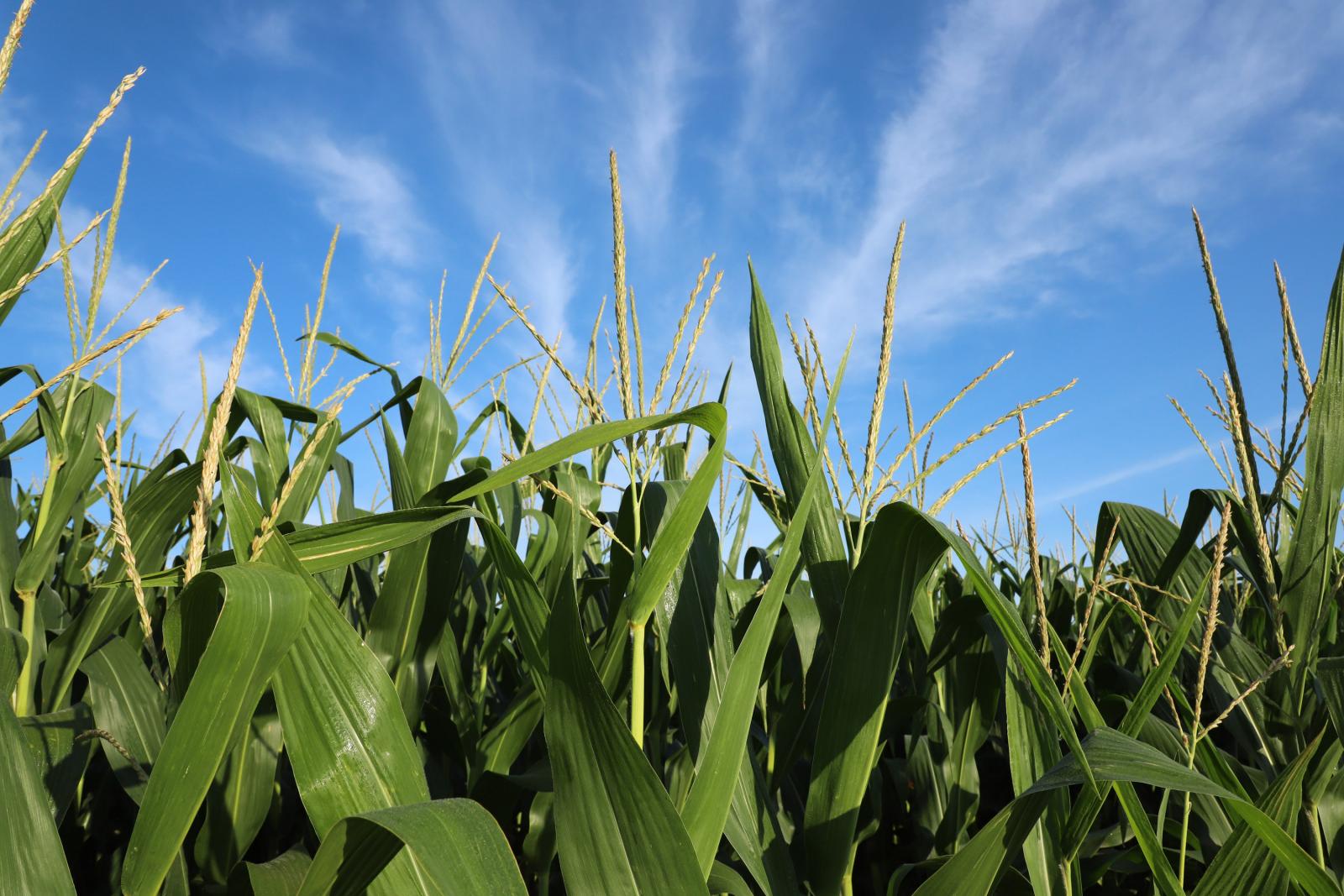Instructor: Blaine Johnson
Number of Credit Hours: 3
Prerequisites: Permission of instructor. Highly recommended are one or more courses in each of two subjects, plant breeding and statistics – AGRO 815, STAT 801, STAT 802 or equivalent course work.
Contact instructors with questions regarding necessary prerequisites.
Course offered: Fall semester, odd years; Pre-recorded lecture with two 90-minute sessions per week, day and time TBD; The course will be delivered as a hybrid course, in-class participation for resident enrollees, with an online option for distance enrollees.
Description: This course is a study of the impact of genotypic by environmental interactions on estimation, interpretation and use of genetic values of crop cultivars on selection and placement decisions. Underlying theory and statistical methods used for quantification of genotypic by environmental interactions are developed with those methods then being used for hands-on exercises based upon wide area testing data sets. Emphasis is on quantifying and managing genotypic by environmental interactions such that successful plant breeding decisions can be made.
Learning Outcomes/Course Objectives: By the end of the course, participants will have developed the knowledge, skills and experience to successfully:
- Estimate breeding values and genetic values of experimental cultivars using phenotypic data generated from wide area tests and evaluations;
- Use variance components to quantify the relative magnitude of genotypic by environmental interactions resulting from those multi-environmental tests and evaluations;
- Use the relative magnitudes of genetic variances and genotypic by environmental interaction variances to appropriately interpret the estimated breeding values and genetic values under the presence of gxe;
- Explore options for parsing and sub-setting data such that genotypic by environmental interactions under differing scenarios can be compared and informed decisions made;
- Have developed knowledge of the complementary but contrasting concept of performance stability, and the needed experience to successfully execute analyses resulting in stability parameters, and to interpret those parameters;
- Use estimated parameters under varying conditions of GxE and stability to make timely and confident decisions under the contrasting objectives of (1) selection and advancement within a genetic improvement, and (2) optimal distribution and placement of cultivars to producers and end users;
- Critically think, think, think and make informed, decisive decisions.
